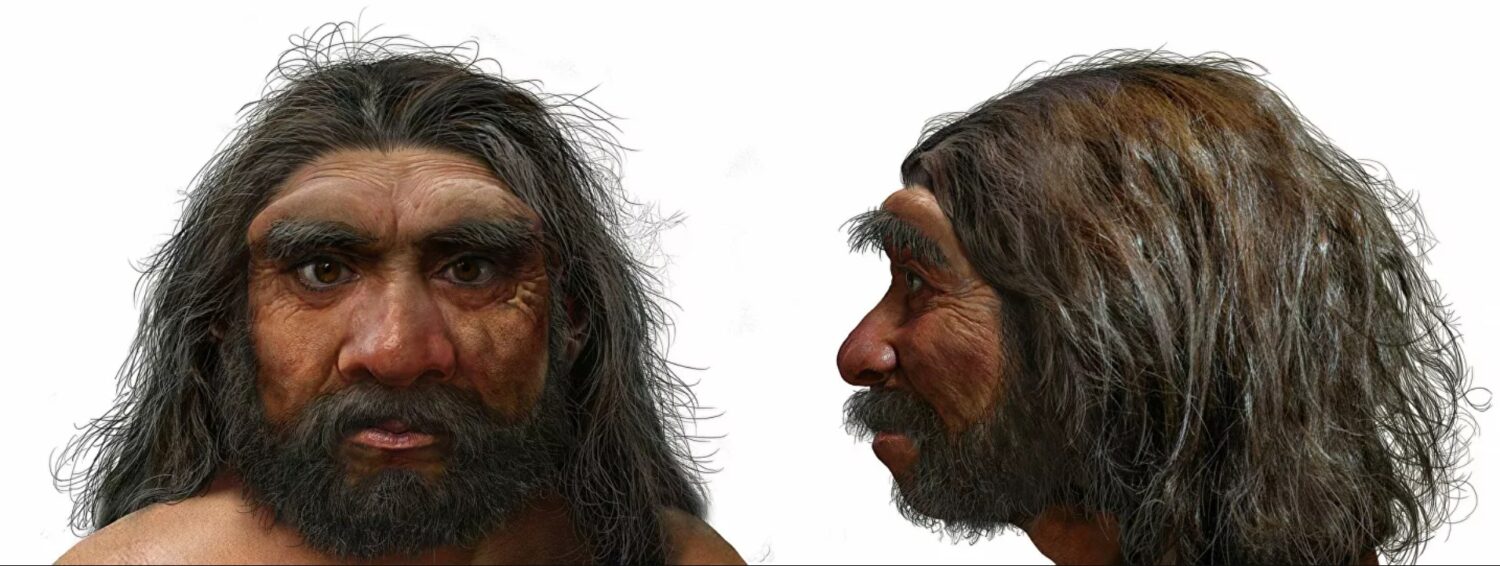Homo longi is an extinct species that could replace Neanderthals as the closest relatives of Homo sapiens: it was found in China. It is possible that several sister evolutionary lineages existed in China and the Middle East at the same time as Homo sapiens. Let’s tell in more detail what is known about the new type of man.
What do we know about the dragon man
Dragon Man (Homo longi) is an extinct human species, identified by an almost completely preserved skull found in Harbin, on the Northeast China Plain. It is about 146 thousand years old.
The skull was discovered in 1933 near the Manchukuo National Railway Bridge under construction and studied by paleoanthropologists in 2018. These scientists believed that modern humans are more closely related to Homo longi than to European Neanderthals, which could force a revision of the current scientific consensus.
Homo longi is anatomically similar to other Middle Pleistocene specimens; it could potentially be a representative of the Denisovans, although this has not been confirmed.
Like other ancient people, he has a low and long skull with strongly swollen brow ridges, wide eye sockets and a large mouth. The skull is the longest ever found of any human species. Like modern people, the face is flat, but the nose is large. The brain volume was 1420 cubic meters. cm, within the range of modern humans and Neanderthals. Most likely, the skin, hair, and eyes were dark, like those of Neanderthals, Denisovans, and early Sapiens.
How a new extinct species was found
The remains of the man were found by a local worker on the banks of the Songhua River in 1933, when he was building a bridge, and then hid it from the authorities in an abandoned well.
Before his death, relatives learned about the skull in 2018. Later that year, Chinese paleoanthropologist Ji Qiang convinced the family to donate it to Hebei Geographical University for study, where it has since been kept.
Will reward the dragon-man representative
Due to the skull’s long history, its exact origin, and hence its stratigraphic context and age, were difficult to determine.
In 2021, Chinese geologist Shao Qingfeng and his colleagues performed X-ray fluorescence analysis, rare earth and strontium isotope analysis on the skull and various other mammalian fossils found around the Dongjiang Bridge, and determined that all fossils from the surrounding area were probably deposited in about one and at the same time they were in the same region, they are from 309 to 138 thousand years old.
Classification of a new species
In two simultaneously published papers, Gee and his colleagues announced that the skull represented a new species, which they named Homo longi.
Based on the enormous size of the molars, they suggested that H. longi is the closest and possibly belongs to the same species as the lower jaw of Syakhe from Tibet: the last remains were attributed to the mysterious Denisovans, who were scattered across East Asia in the middle and late Pleistocene.
Therefore, the authors believe that Asian samples of the Middle Pleistocene are more closely related to modern humans (H. sapiens) than European Neanderthals, although nuclear DNA and analysis of ancient proteins place the lower jaw of the Syakh and Denisovans closer to Neanderthals than to modern humans.
Dragon Human Anatomy
The proposed new species has a low and long skull, receding forehead, wide upper part of the face, large nose (possibly adaptation to cold air), large square eye sockets and thick brow ridges, flat cheekbones, wide palate, large dental cavities (equates to a large mouth ) and a wide base of the skull.
The dimensions of the Harbin skull are 221.3 mm × 164.1 mm For comparison, the dimensions of the modern human skull are on average 176 mm × 145 mm for men and 171 mm × 140 mm for women.
How the dragon man changed scientists’ understanding of the origins of Homo sapiens
Some consider the early humans in China to be transitional from Homo erectus to the Asian lineage with modern anatomy. The authors of the work about Homo longi have a different opinion: the dragon man is an independent branch that arose in Africa about a million years ago.
According to calculations, Homo sapiens lived on the territory of China 400 thousand years ago. This contradicts the results obtained earlier.
In addition, in Israel, in the Nesher Ramla cave, several fragments of a skull, 140-120 thousand years old, were found. They combine archaic and advanced Neanderthal traits, so scientists consider them as a special ancestral line of this kind of people.
And given the common details with two more species of people, a hypothesis suggests itself about a special line of Neanderthal ancestors, which isolated about 400 thousand years ago and ended its existence in Nesher Ramla. At the same time, to the north of them, the Sapiens already settled in the caves.












